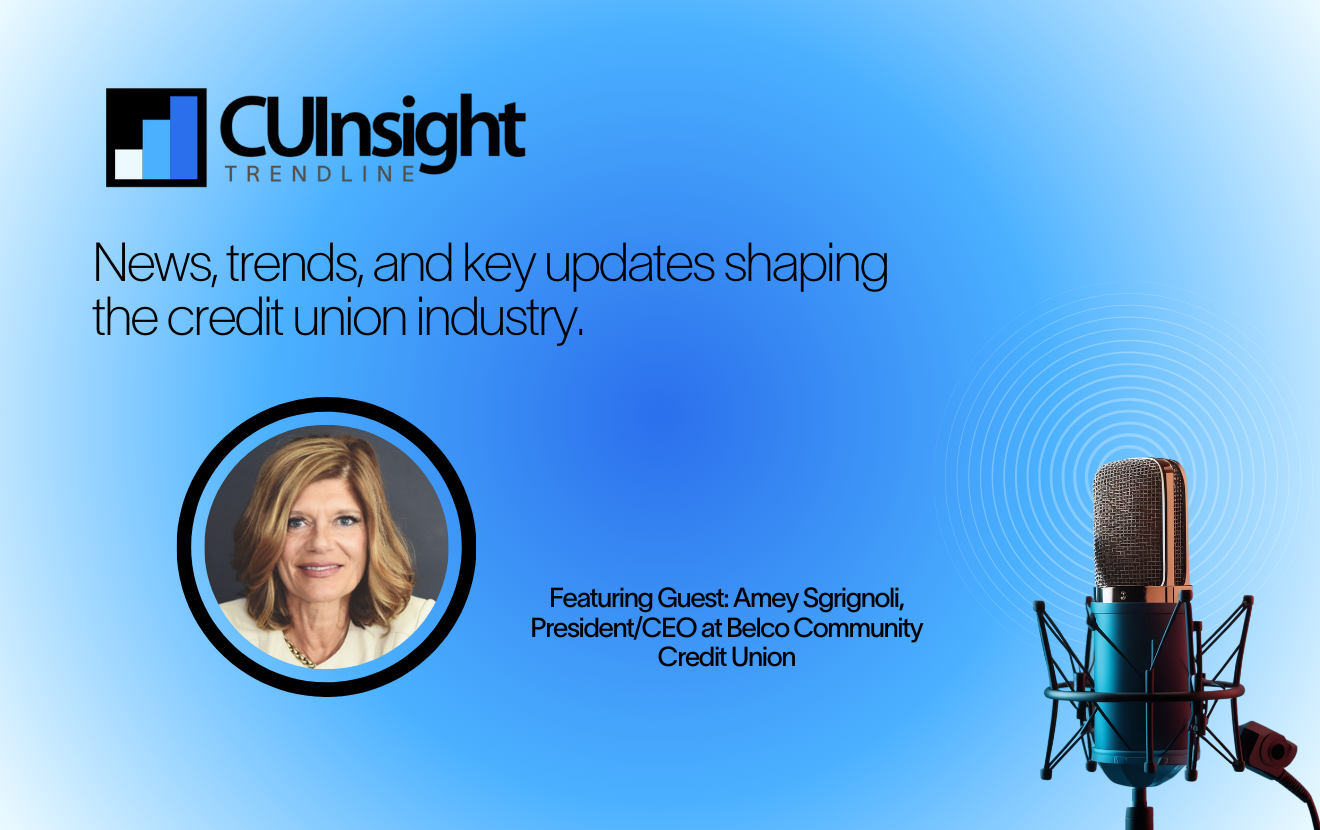What are steps we can take to better tell our stories? ...expose our brand? ...get our message out and have it received as intended? If you’re not asking these questions regularly, you may be missing marketing opportunities. Successful organizations constantly evaluate their marketing efforts, asking what went well and what could have gone better, and how?
As a guest of James Gilbert’s Banking on Experience podcast, I recently had the opportunity to discuss these very questions as they pertain specifically to the credit union industry. James is Chief Marketing Officer of CRMNext, “the leading enterprise CRM solution provider for financial services.”
Like any industry, the credit union space has superstars, yet there seems to be reluctance among many CUs to fully promote their brand. The reasons why are better left to a researcher’s PhD thesis paper. We’ll focus instead on what credit unions have at their disposal right now.
A dozen years after the biggest market collapse in recent history, credit unions can still capitalize on the benefits of doing business with community FIs, as opposed to the “too big to fail” banks. Add to that numerous cases of fraud and security breaches linked to big banks. The marketing differentiators are obvious. Now, let’s examine the most recent ace in the hole—COVID-19, the subsequent shutdown of normal economic activity, and the gradual reemergence of the economy.
Regardless of which side of the mask-wearing debate consumers fall, it seems most are eager to support local businesses. Following months of shopping limited to big box national chains, there’s a desire to shop local. Community FIs would do well to glom onto the shop local bandwagon.
Shop local. Bank local.
BAM! There’s your campaign slogan. You’re welcome.
In case you missed it, my article about relationship building indirectly supports the bank local concept, Can you name your banker? James and I spoke about this on his Banking on Experience podcast, which you can find on Apple Podcasts, Stitcher, Buzzsprout, and anywhere you download podcasts.
Three other points we made regarding storytelling and marketing of credit unions can be applied to any industry or organization.
1. Integrated Messaging
External messaging mirrors internal messaging. Electronic marketing erases the grey area between the two, as the C-suite can simultaneously address employees, consumers, affiliates, and vendors. For better or worse, everything you say and do can be instantly shared. Play that card judiciously and use it to your advantage. Hire judiciously, too, and leverage your people. They are your brand ambassadors.
2. Be Personable
Stuffy, uptight, and guarded is so 20th Century. Your brand can be professional and fun. The corporate culture established within your organization—usually from the top down—is your brand’s personality. We can unpack this in a future post. For now, refer to the point above about integrating internal and external messaging. If you struggle to find your organization’s personality, consider the next point.
3. Embrace your Identity
In my experience, organizations that try to mask their identity for one reason or another confuse their employees, the very people responsible for promoting their brand, and ultimately end up confusing the marketplace. If a company cannot embrace its identity, perhaps a change is in order, but if there’s no solid reason for undertaking a massive branding change, don’t do it. If it ain’t broke, work with it. Consider the following examples.
O Bee Credit Union, based in Tumwater, Washington, was started as a credit union for employees of Olympia Brewery. Just after the turn of the century, O Bee expanded membership to include anyone who lives or works in the state. The brewery is no longer in business but the credit union is thriving and growing, and it has embraced its heritage with pub style banking. At least one of their newer branches is designed like a pub, where the teller line resembles a bar complete with taps. While those taps are mere décor, a working tap in another area of the branch dispenses cold water. Neato! Huh?
WSFS, formerly Wilmington Savings Fund Society, is by no means a small FI but the bank with some $13 billion in assets certainly has a community feel. With branches in five states, it is the “oldest and largest locally-managed bank and trust company headquartered in Delaware and the greater Philadelphia region,” according to its website. As the bank grew beyond Delaware, it sought to downplay its original acronym by linking WSFS to the acronym We Stand for Service. The locals, however, had their own thoughts and continued to refer to the bank as they always had, Wiss-Fiss. After several years of trying futilely to sear W-S-F-S into the minds of consumers and upon the acquisition of a beloved Philadelphia financial institution, WSFS embraced its nickname and continues to run a campaign promoting Wiss-Fiss.
Stories abound within every organization. The trick is to find them and tell them in order to successfully promote your brand and get your message out. Listen and respond regularly to the needs and desires of your target audience and be creative, fearless, and fun.







